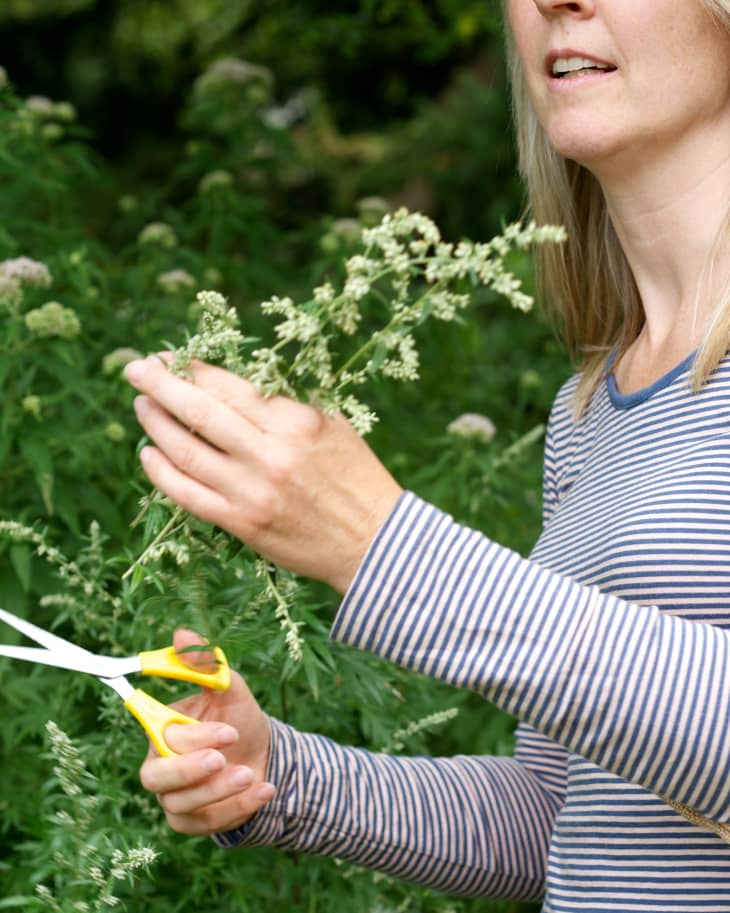Foraging For Lunch Around Amsterdam with Lynn Shore, the Urban Herbologist
Who: Lynn Shore
What: Urban Herbology
Where: Amsterdam, The Netherlands
Curious to know more, I asked Lynn Shore — teacher, permaculturist and master of public heath, otherwise known as the Urban Herbologist — to take me foraging around Amsterdam. The plan was to harvest whatever was on offer that day and then put our ingredients to good use back in the kitchen.
They say there is no such thing as a free lunch, but Urban Herbologist Lynn Shore took us on one of her foraging tours around a central Amsterdam park to show us that there is a wealth of wild and edible plants that can provide exactly that! Our eyes have been opened to the abundance of edible ingredients that are ripe for picking and freely available in parks and public spaces.
Lynn is a teacher, permaculturist and master of public heath but these days she is better known as the Urban Herbologist and can be found foraging for herbs on a daily basis in parks and public areas of Amsterdam. Her mission is to get people to re-establish a connection with their environment and learn the skills and knowledge to safely identify, grow and make use of the many local, delicious and nutritious plants that are readily available. Lynn takes groups on guided foraging tours in Amsterdam, throughout the year.
We made a start in the kitchen by cleaning and chopping our harvest whilst sipping some home-made mead made with honey and the flowering tops of meadowsweet. After months of fermenting it had reached a nice maturity and was perfect to drink. Lynn suggests that those new to foraging should start by adding their foraged harvest to simple dishes such as rice, which provides a good canvas for experimenting with new flavours. We eat ours with added plantain seeds and mugwort and wash it down with a refreshing nettle infused water.
Afterwards we seek inspiration for future dishes by flicking through
Lynn’s 4 Foraging Rules
1. Be Accurate. Know the plant, the area, poisonous look-a-likes, local endangered species and laws. Learn all you can and always be 100% certain of the plants you harvest. If in doubt, don’t pick.
2. Keep it Light. Overharvesting leads to rarity and extinction. Take only a little from each plant and leave plenty. Don’t harvest wild roots as this destroys the plants and roots generally harbor more toxins than other parts.
3. Clean Harvest. Forage in clean areas as many plants accumulate heavy metals and other pollutants. Bug free environments, manicured areas, pavement cracks, power lines, busy roadsides and railways are often heavily polluted sites. Leave no trace and improve the area. Clean your harvest well and pick above dog height when possible!
4. Safe Harvest. Test anything that is new to you in very small quantities before consuming as part of a meal. Watch out for any signs that your body reacts badly to the plant.
Thanks, Lynn!
Read more from Lynn at her website → Urban Herbology
(Images: Mara Pellizzari)
